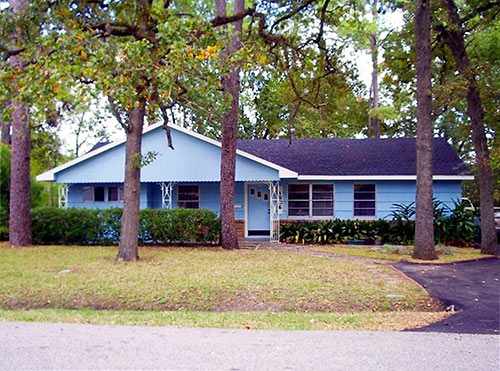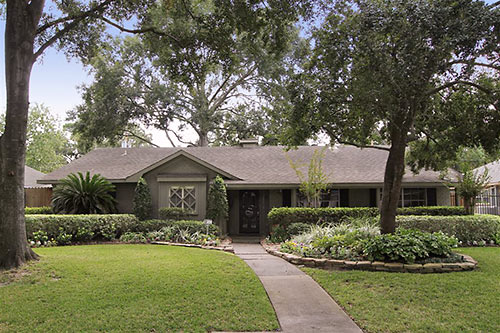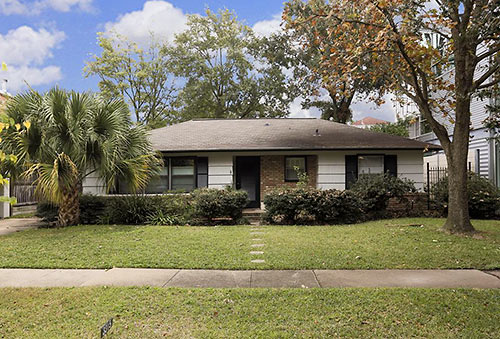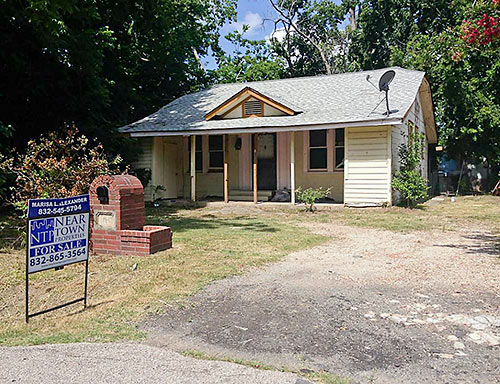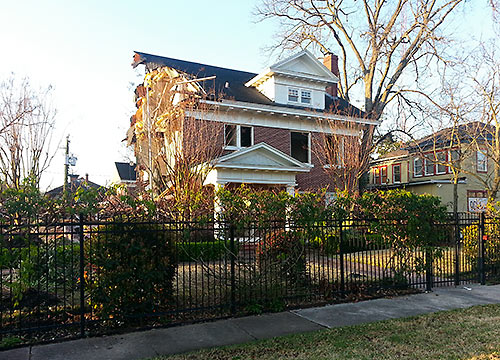
If you’re listening to KPFT this morning and are wondering what those crashing sounds are in the background, it’s just an excavator ripping chunks out of the 1906 Bullock–City Federation Mansion next door to the radio station’s studios, at 411 Lovett Blvd. Demolition permits for the recently renovated 8,000-sq.-ft. structure and a separate building in back were granted by the city on Monday. That night, a reader reported to Swamplot that workers were removing windows, mouldings, doors, a mailbox, and flooring late into the evening. But hardcore exterior demo work appears to have begun yesterday afternoon.
The former wedding and event venue turned high-tech office building (with a complete renovation completed in 2005) was recently sold to developers who are reportedly planning to build townhomes on the three-quarters-of-an-acre site at the corner of Taft and Lovett Blvd. Its previous owners touted the structure as the first Houston building ever to have central air conditioning. (It was retrofitted with custom iron ceiling medallions that served as AC vents and chandelier mounts in 1926.)
These photos were taken by a reader around 7:30 this morning:


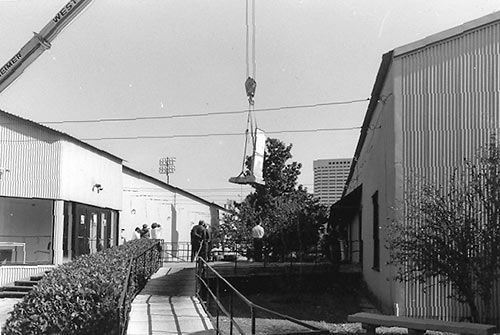
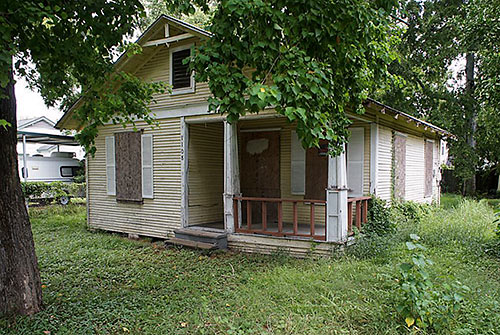
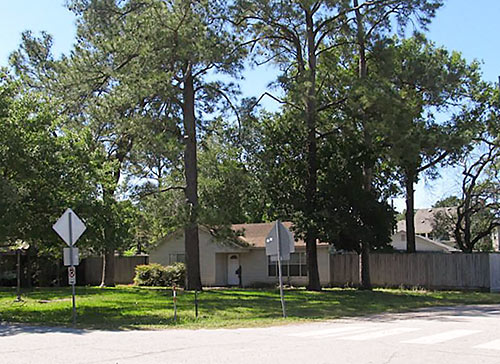
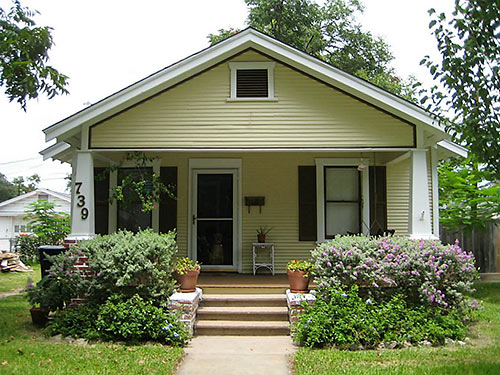
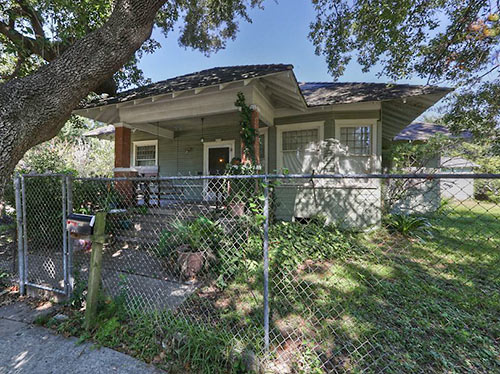
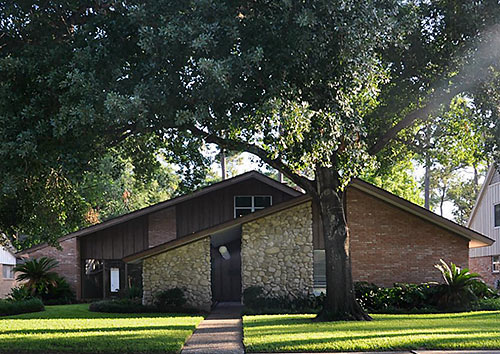
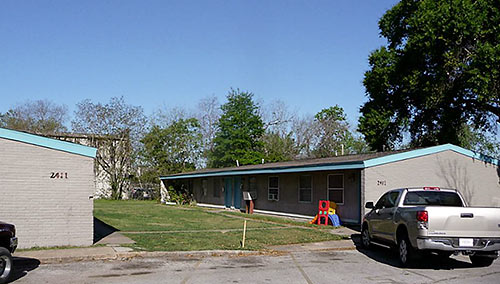
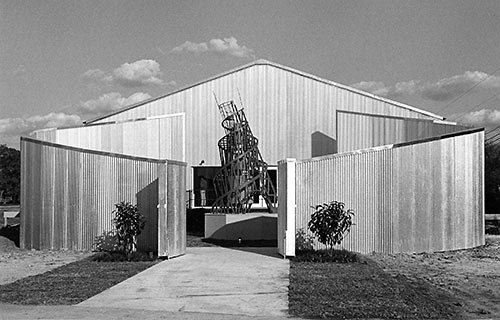
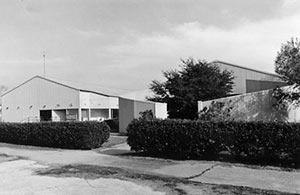
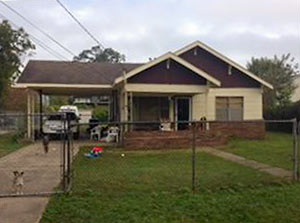 Swamplot’s Daily Demolition Report lists buildings that received City of Houston demolition permits the previous weekday.
Swamplot’s Daily Demolition Report lists buildings that received City of Houston demolition permits the previous weekday.